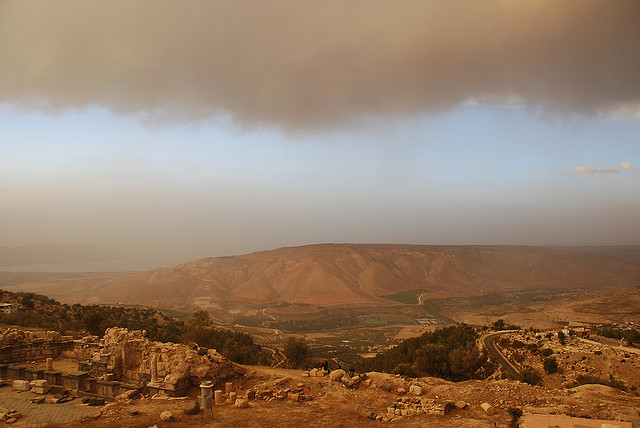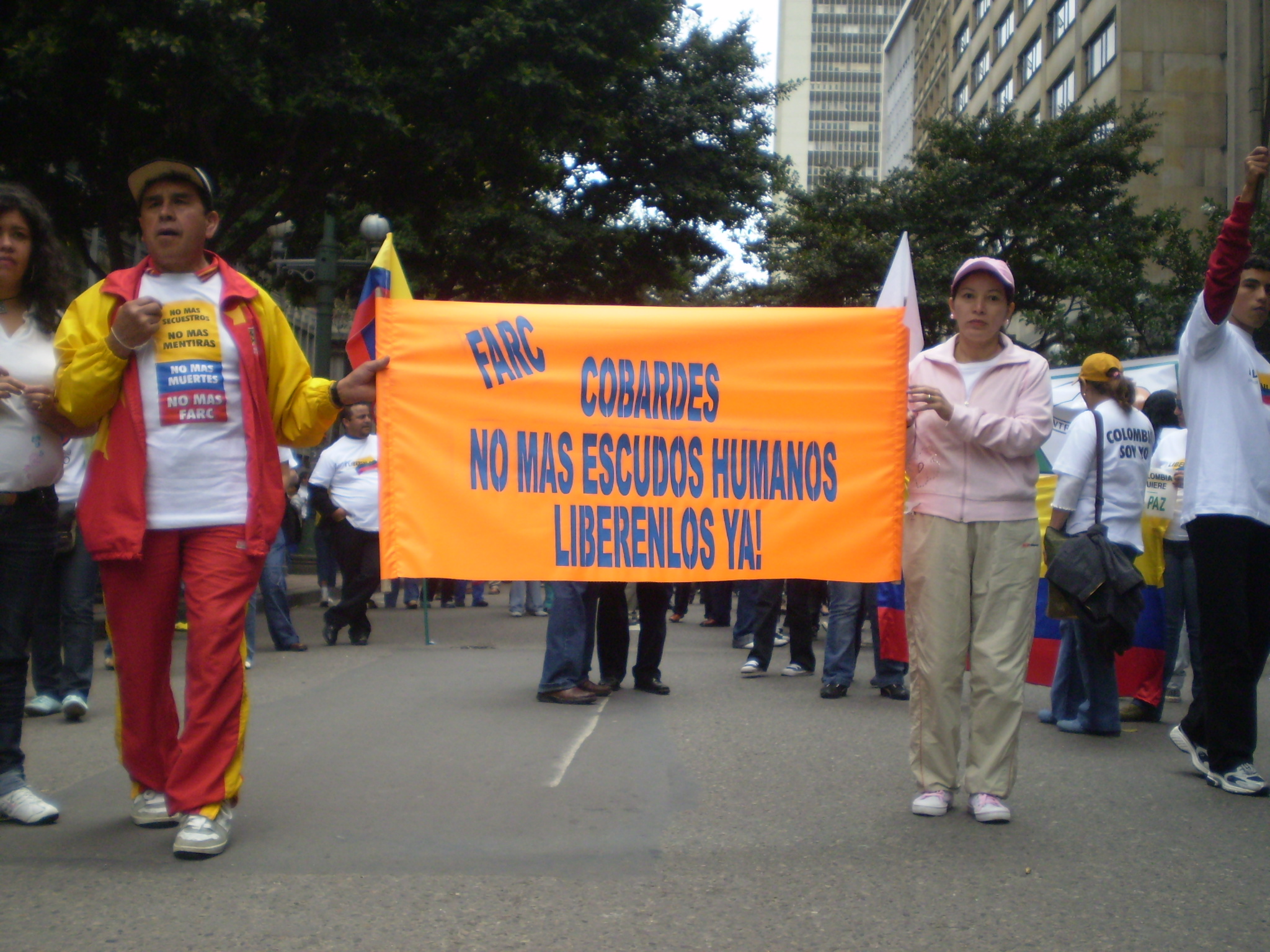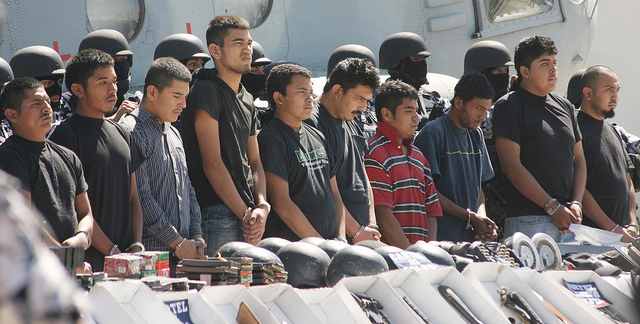Guest post by Lionel Beehner

Do spikes in temperature or rainfall cause greater conflict? General John Allen, America’s top commander in Afghanistan, waded into this debate last month after hinting to reporters that recent cases of “green-on-blue” killings by Afghan troops were motivated by the August heat. In Syria, a similar theory was floated by C.J. Chivers of the New York Times. In a blog post, he suggested the success of rebels to rainfall patterns aligned with the northern region’s unpredictable rainy season. Rain, his theory goes, leads to abundant harvests, which in turn fuels the insurgency by keeping its fighters well-fed.
Last summer, Nature magazine made waves after publishing an article claiming that the warming effects of El Niño can explain over one-fifth of all civil wars. Yet the push to link climate change to conflict gained steam a decade back when UN researchers suggested that environmental degradation was partly responsible for civil violence in Darfur. Other studies around this time found similar results. UC Berkeley’s Edward Miguel predicted that given current temperature trends, incidences of armed conflict may increase by more than one-half by 2030, or an additional 393,000 battle deaths. Last January, the Journal of Peace Research devoted an entire issue to climate change and conflict.
The recent uprisings across the Arab world have also renewed inquiry about the effects of climate change on collective action and political violence. One theory posits that unusually warm temperatures in Russia in 2010 hampered food production, which in turn raised food prices globally and was one factor that contributed to the recent instability across the Arab world. Another theory drawn from social psychology finds that extremely warm weather can increase aggression by indirectly heightening feelings of hostility and aggressive thoughts.
But the linkages remain fuzzy, to say the least. Environmental shocks can lead to poverty and weaken states, which then makes it more difficult to mitigate against their effects, thus fueling violence and creating a vicious circle. But often it is unclear which way the direction arrow goes. The conventional wisdom among Neo-Malthusian scholars is that higher temperatures lead to lower agricultural yields, which can heighten conflict due to droughts, food insecurity, and the social dislocations of migratory rural workers. Others stress the internal migration of rural workers in search of jobs, either to cities or to regions less vulnerable to climate swings, and the social unrest this dislocation creates.
But during most cases of climate anomalies, even in adversely affected regions, conflict is not the norm. Many regions that suffer unpredictable patterns because of, say, an El Niño rarely see violence. Scholars who privilege grievances as a result of environmental degradation tend to over-predict violence and fall prey to environmental determinism, without fully accounting for why internal violence more often than not does not erupt. They fail to explain how states and societies over the centuries have learned to adapt to severe climate patterns.
Part of the problem linking climate change to conflict stems from methodological flaws. A case in point is the aforementioned Nature study, which focused on macro-level conflict by country, despite the fact there is substantial variation within countries in both patterns of violence and climate phenomena. Climate change is measured in longer-term trends and annual variations, which are too static to map onto wider conflict patterns. The authors, for example, rely on a heuristic, lumping the last half-century into El Niño (treatment group) and La Nina (control group) years and the world into two regions “tele-connected” or “weakly affected” by El Niño. This assumes that the ecology of the tropics is monolithic, when we know it is not (Generally, El Niño leads to hotter and drier conditions in the treatment group away from coasts, but it can also produce heavy rainfall and flooding along the coasts due to higher ocean evaporation from warming). To understand how El Niño acts as a driver of conflict requires an explanation of such diverse climatic phenomena, as presumably rebel violence would vary in response to droughts versus floods.
So what does this mean for Syria, Afghanistan, and other states embroiled in conflict today? There is ample evidence that insurgent attacks in Afghanistan pick up after the snow thaws – a so-called “spring offensive.” On Syria, there is some evidence of the effects of rainfall patterns on violence. Edward Miguel has found that rainfall shocks impact civil war through the channel of negative economic growth. Yet others have found that civil conflicts are reversely correlated with rainfall patterns – that negative rainfall shocks actually reduce the risk of conflict outbreak. Hence, the success of Syrian rebels last spring, when rainfall and crop yields were higher than usual, could very well be a coincidence.
That much was confirmed by my own research. Examining micro-level violence data and precipitation levels by province in Ethiopia during two wars that coincided with El Niños, its border war with Eritrea in 1997-1999 and its insurgency in the Somali region in 2007-2010, I find that micro-level variation in El Niño-related precipitation only partly maps onto violence patterns at best. Months with highly volatile precipitation swings in any province were not correlated with heavier violence, even when lagged. Perhaps climate patterns are more robust at predicting other forms of collective action short of violence, like we might see in the Arab Spring? I also looked at land occupations by peasants in Northeast Brazil, a popular form of protest in a poor, agrarian region. Though I found some correlation between precipitation levels and land occupations at a macro level, upon closer inspection — that is, when the data is broken down by province and by month from 1997-1999, when an El Niño slammed into the region – the results (pardon the pun) wash out.
This is not to suggest that climate anomalies have zero impact on patterns of violence. But again, climate factors interact with so many intervening variables that it is nearly impossible to isolate them as the sole motivator of civil violence. At best, all we can say is that extreme or unpredictable climate events may exacerbate conditions on the ground that can heighten the likelihood of conflict, but that gives us little predictive power. To say that the heat or rains are influencing attacks in Afghanistan or Syria is at best an educated guess. Perhaps the only thing harder to predict than the weather may be patterns of civil conflict.
Lionel Beehner is a fellow with the Truman National Security Project, a doctoral student at Yale University, and a term member at the Council on Foreign Relations, where he is a former senior writer. An expanded version of this piece was first published at World Policy Blog.








2 comments
1) Whether or not climate shocks are ever the “sole motivator” for civil violence is a red herring. I can’t think of a single person who thinks this might be true, so there’s no need to criticize it.
2) It is also irrelevant that most climate shocks are not associated with violence. Most smokers don’t get lung cancer, but that fact is irrelevant to the question of whether smoking causes cancer.
3) The scale question remains an open one. We don’t have a good empirical understanding, or even a good theoretical model, for how interacting climate and political stresses at a local level aggregate up to larger-scale political violence. Under the circumstances, it would be premature to extend conclusions drawn at one spatial scale and apply them to another.